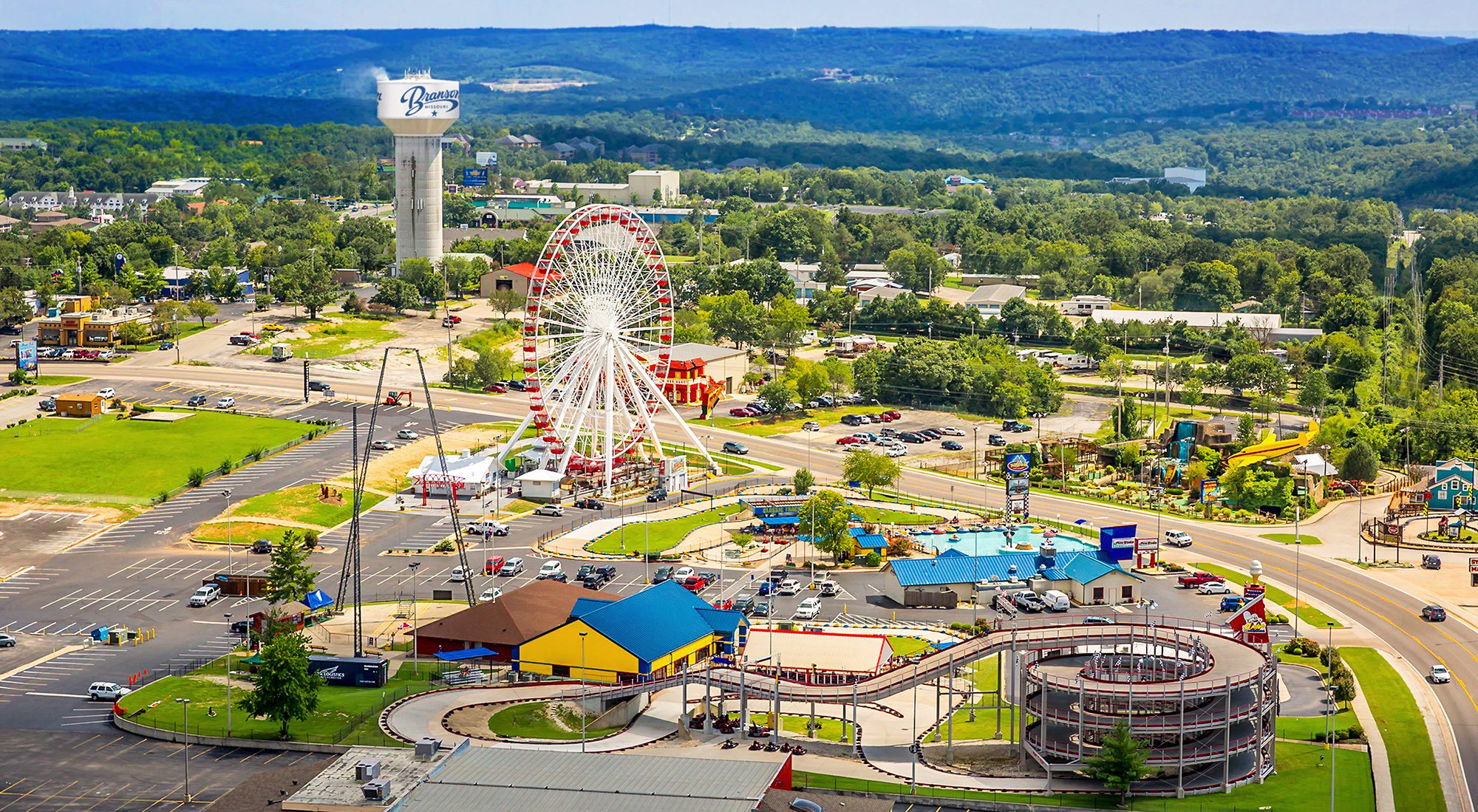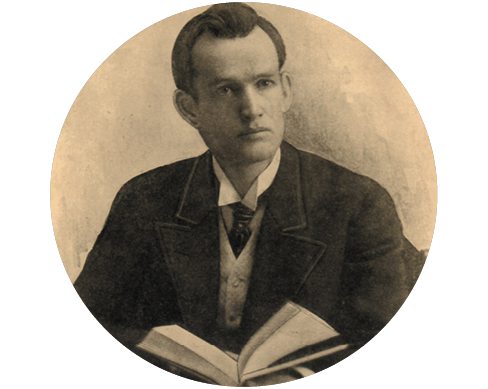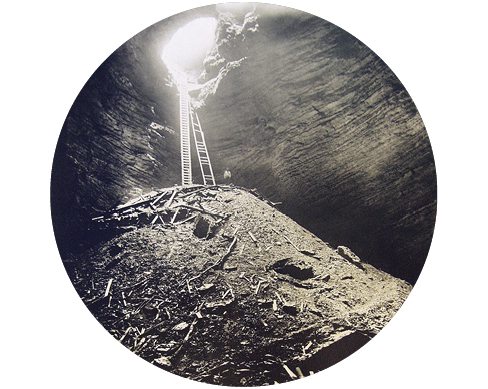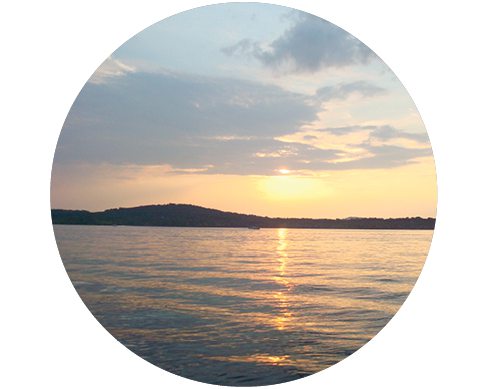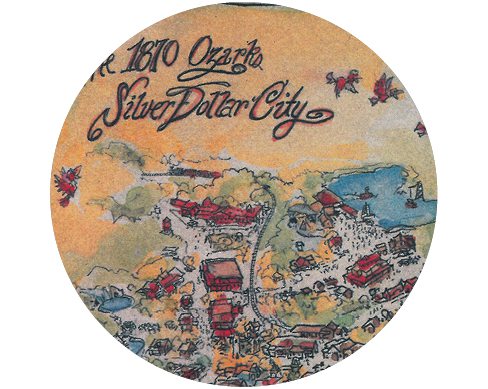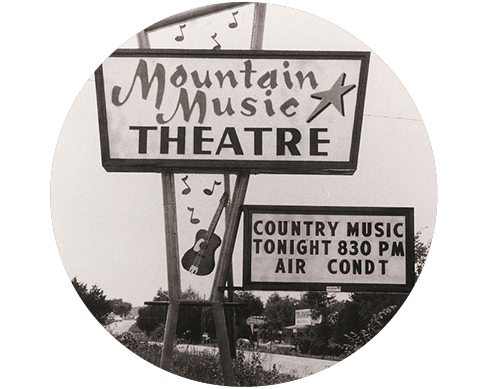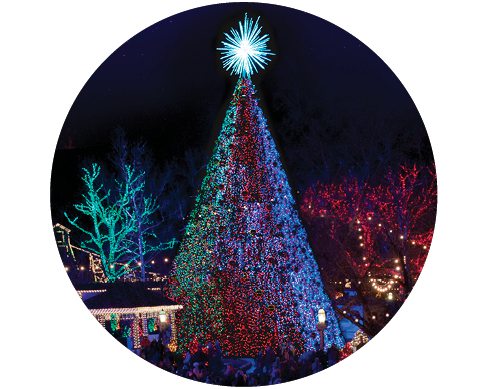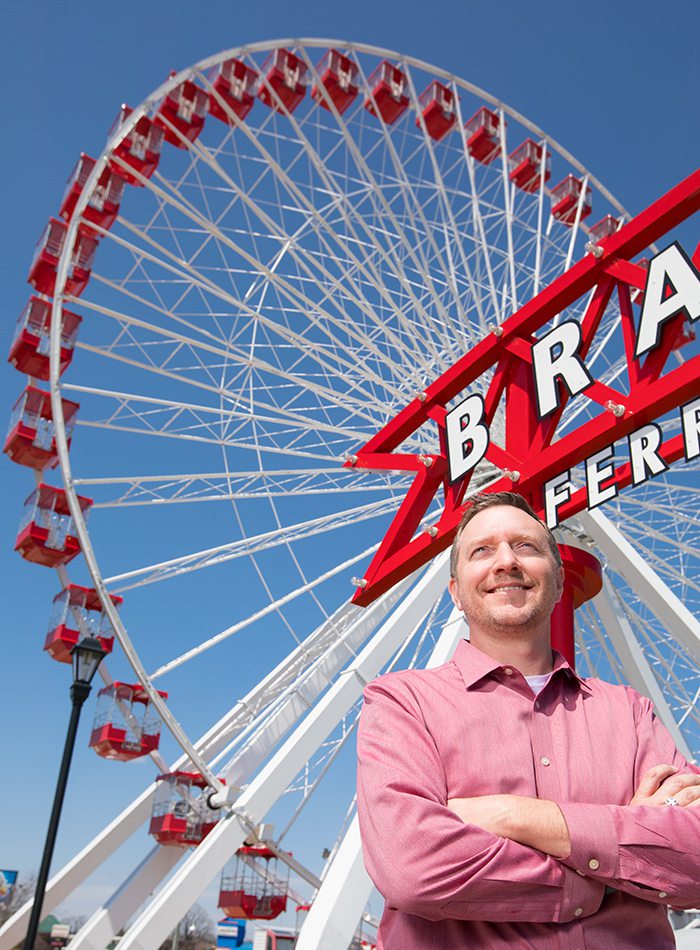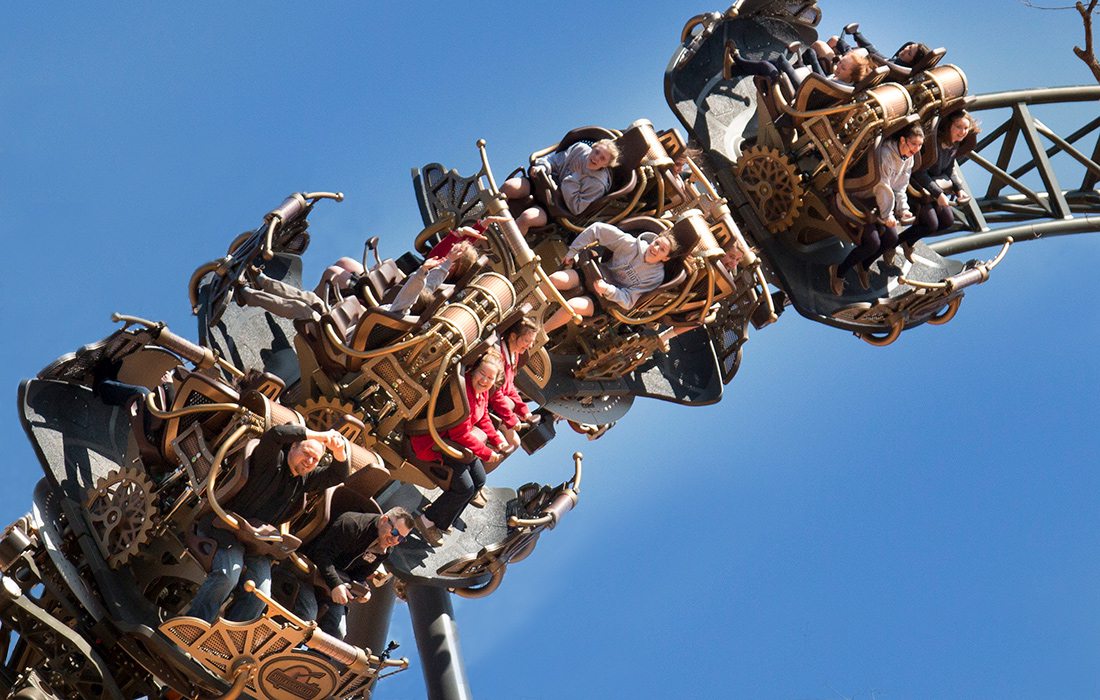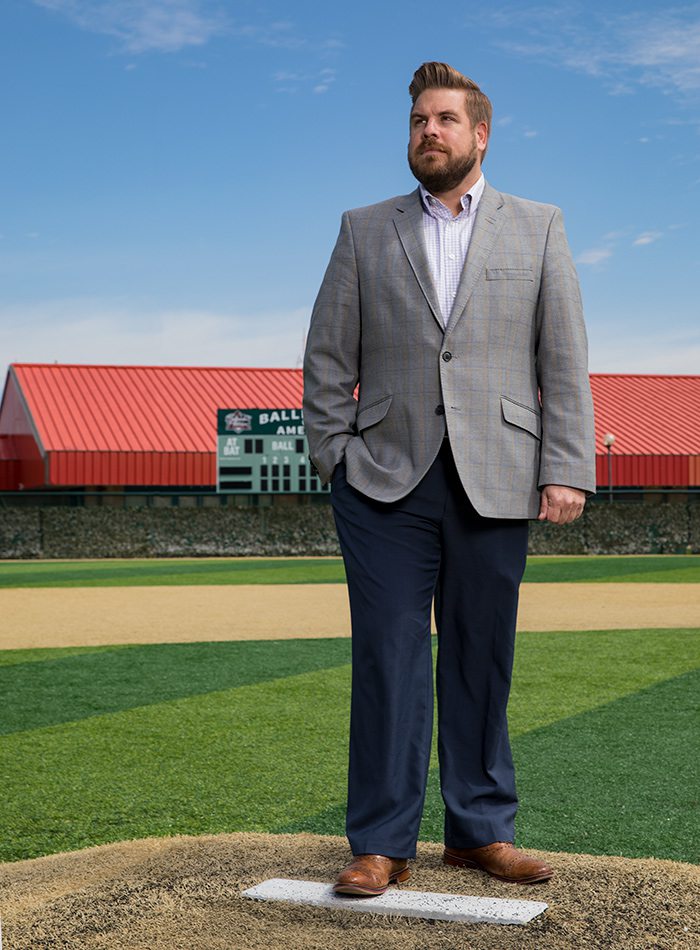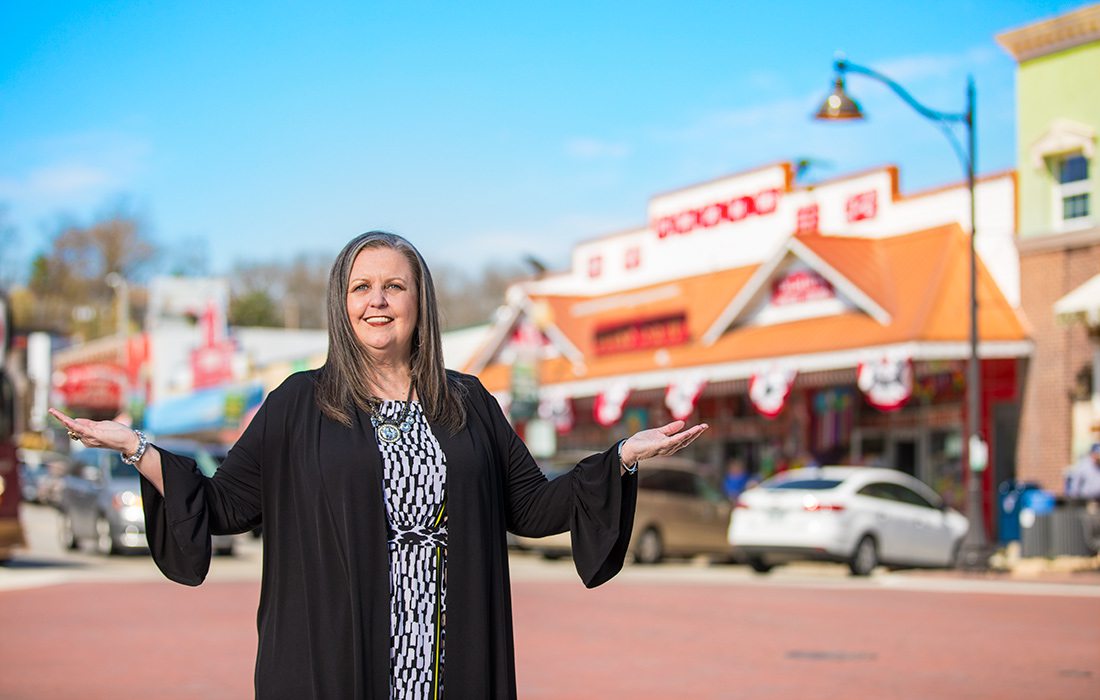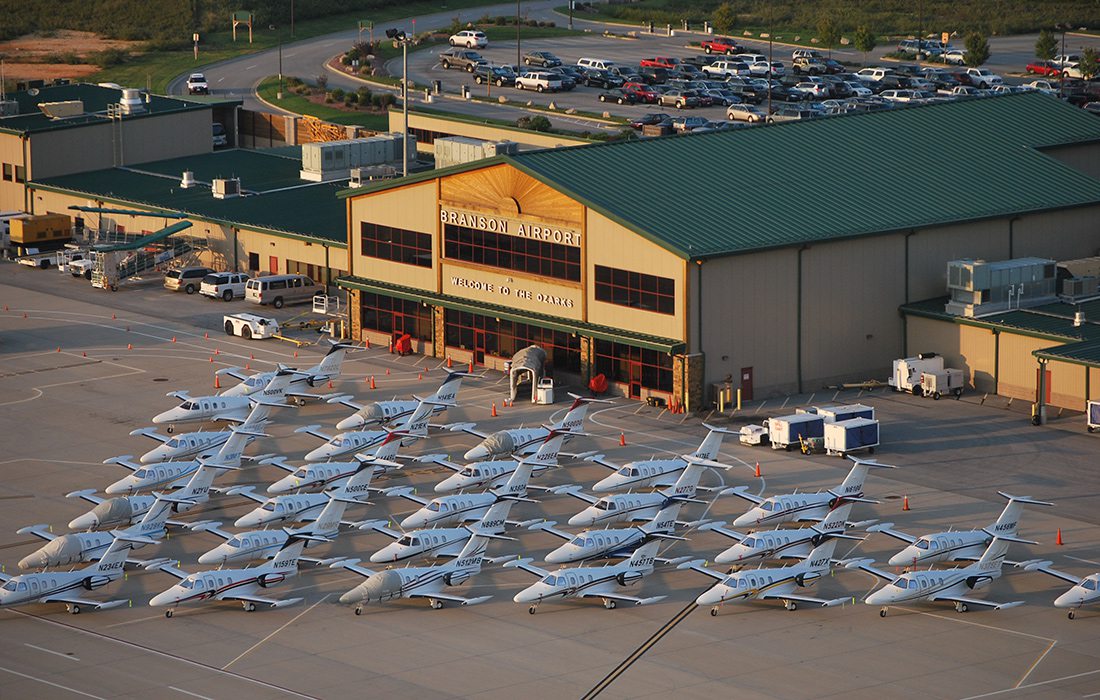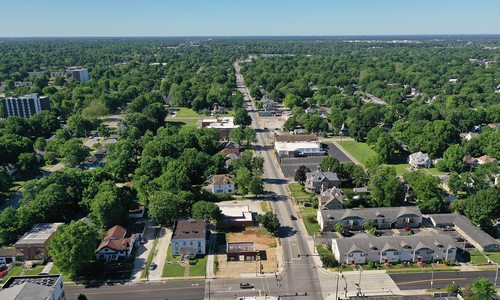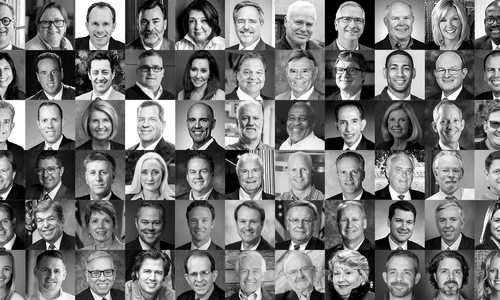Surrounded by 177 acres of forested mountainside, Jeff Johnson is immersed in one of the few slivers of Branson not illuminated by neon and headlights.
Here, you’re boxed in by papery river birch and dogwood trees, which make it easy to slip back in time to when the thick forest and oddly mysterious beauty of the Ozark Mountains drew people to Branson. Located on the outskirts of town, Johnson is in the middle of Branson’s original tourist attraction. There are no bright lights, no guitars, no piped-in music, no dinner theatre. Just trees, nature, antique carriages and log cabins.
Welcome to Shepherd of the Hills Homestead Adventure Park. This slice of Ozarks life was here before Silver Dollar City’s roller coasters rose out of the rocky hillside. It was here before Johnny Morris’s pristine golf courses netted national attention. It was here before the Mabe and Presley families turned a 5-mile stretch of Highway 76 into the Live Music Capital of the Universe. And now, it’s part of Branson’s history that’s fighting to survive.
Since it first celebrated the title of township in 1912, Branson has undergone numerous transformations from a prime fishing and outdoor retreat to a hub for country music and live theatre. But its most recent shift has some wondering if Branson is at risk of losing its roots. Johnson, the newest owner of the Shepherd of the Hills Homestead Adventure Park, is one of those concerned. “The history of this area is getting lost,” he says. “And our history is important. A lot of people think Branson got started because of country music, but before the rides, before the lights, a shepherd walked these hills.”









